Konzept
Konzept
The project KulturGutRetter is being developed within several areas of expertise, each mobilising the know-how and experience of the three project partners: movable cultural heritage, immovable cultural heritage, IT & data, operations & logistics. Together they are developing Minimum Standard Procedures (MSPs), equipment, a trained network of experts.
In order to provide the best possible documentation and initial care for movable cultural assets in the field, experts from KulturGutRetter are developing a mobile air-transportable laboratory and associated science-based Minimum Standard Procedures (MSPs) at LEIZA. This includes modular tables for photo documentation, wet and dry cleaning, and packing, on which archaeological objects, for example, can be given initial treatment.
In the field of immovable cultural heritage, specialists of Division of Building Archaeology at the DAI’s Head Office are in charge of the protection and stabilisation of damaged or destroyed monuments and the rescue and conservation of important furnishings and cultural objects of all kinds. This includes the establishment of standard procedures for emergency documentation, the assessment of the location and condition of historic buildings and their content, and the implementation of emergency measures to stabilise, protect, salvage or evacuate selected parts of the building.
In the IT & Data department, experts from the DAI's IT department further develop the digital applications used in the mission, the open source GIS software QField and the iDAI.field software developed at the DAI. The Deployment & Logistics team forms the interface to the THW management and coordination staff in Germany and coordinates the transport of equipment and personnel of the Cultural Heritage Response Unit (CHRU).
The establishment of a network of professional and volunteer experts and their training is an important part of the rescue mechanism. Digital learning platforms and onboarding processes will therefore be developed at the interface with the THW training structures.
It is planned to integrate the finalised mechanism and future operations for the protection of cultural heritage in the EU Civil Protection Mechanism (UCPM). As part of projects PROCULTHER-NET (2022-2023) (2022-2023) and PROCULTHER-NET2 (2024-2025), funded by the European Commission's DG ECHO, the DAI and THW are committed to international networking with partners in the field of cultural heritage and civil protection.

